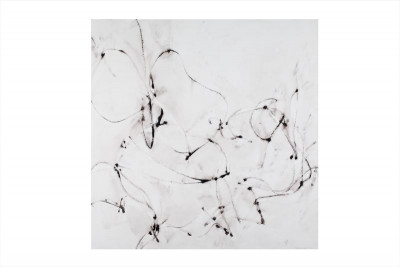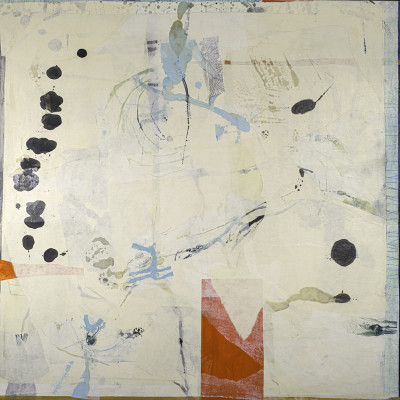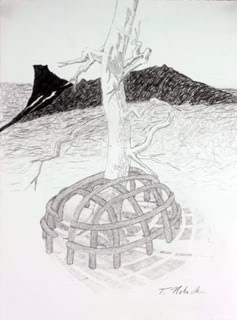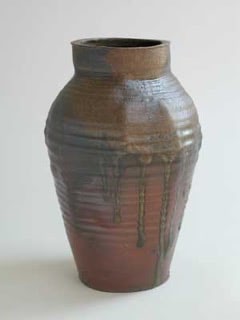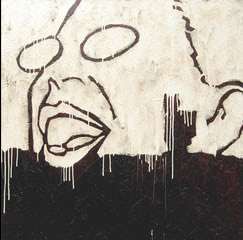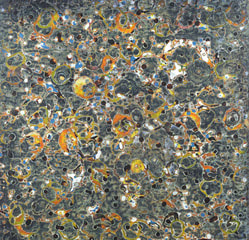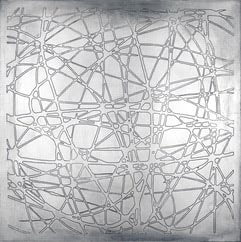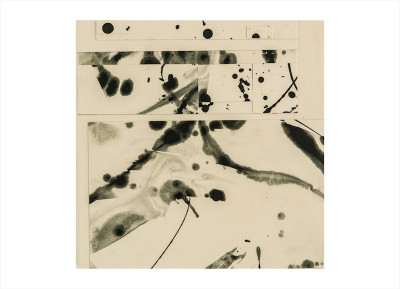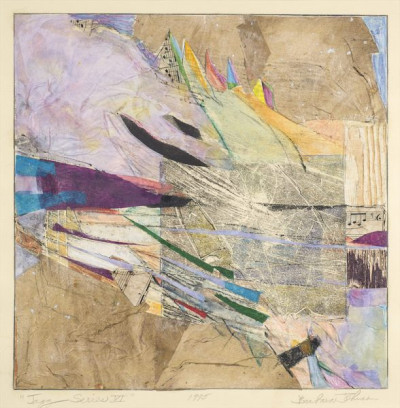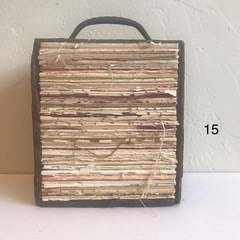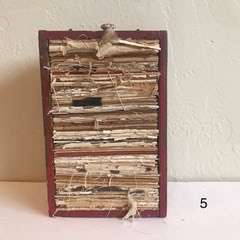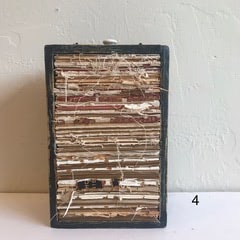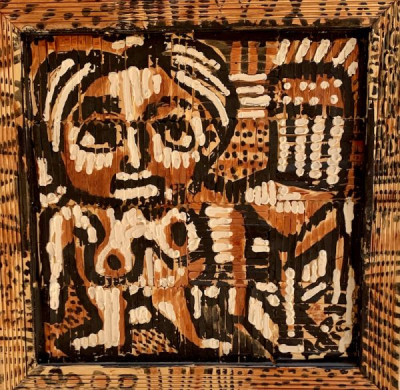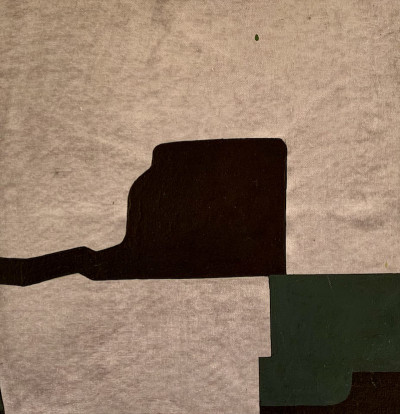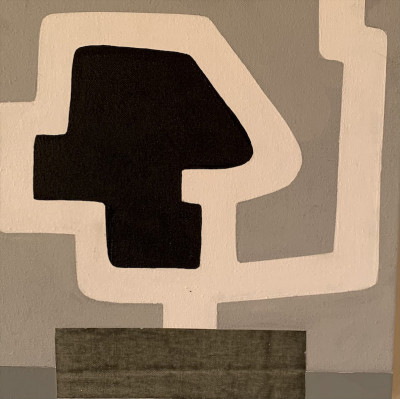The Most Beautiful Mistake You Can Make
The Most Beautiful Mistake You Can Make explores the role of errors, imperfections and omissions in art. Employing a range of mediums, themes
and guises, the exhibit stresses imperfection, interference, process and vitality over prescribed perfection.
The exhibit intends to emphasis how random mistakes can become an artistic catalyst to an aesthetically complete work of art. In some folk art traditions artists insert “intentional” errors into handmade textiles as a gesture to the perfection of divinity—or, at least, the imperfection of humans. In Japan, the practice of “kintsugi” (gold splicing) uses errors to enhance ceramics. Instead of discarding marred vessels, practitioners of the art repair broken items with a golden adhesive that enhances the break lines, making the piece unique. Abstract Expressionism is built on enhancing and using errors in painting.
The Japanese term wabi-sabi is often condensed to “wisdom in natural simplicity” or “flawed beauty”. Wabi-sabi artworks often emphasize the process of making a piece that is ultimately incomplete. The author Leonard Koren describes wabi-sabi “the most conspicuous and characteristic feature of what we think of as traditional Japanese beauty. It occupies roughly the same position in the Japanese pantheon of aesthetic values as do the Greek ideals of beauty and perfection in the West.” Another description of wabi-sabi by Andrew Juniper notes, “If an object or expression can bring about, within us, a sense of serene melancholy and a spiritual longing, then that object could be said to be wabi-sabi.” For Richard Powell, “Wabi-sabi nurtures all that is authentic by acknowledging three simple realities: nothing lasts, nothing is finished, and nothing is perfect.” In the current exhibit artists offer a perspective on what is ‘imperfect’ or improvisatory within their work, contributing further dimensions to the dialog.

